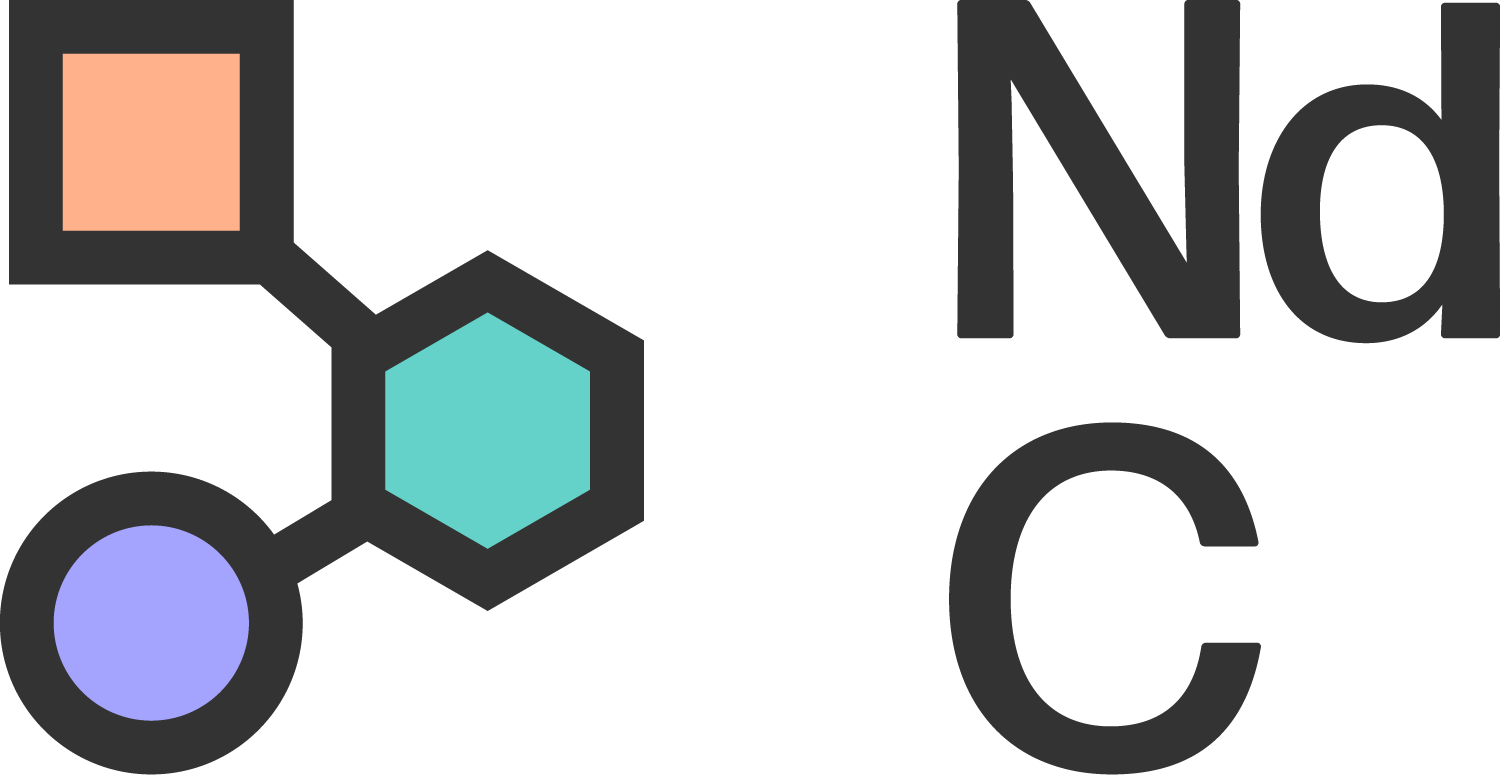Challenges of being an Autistic Speech and Language Therapist
Being an Autistic Speech and Language Therapist (SLT) in a neurotypical-dominated field requires a huge amount of cognitive, physical, emotional, and sensory labour. Not only do I experience multiple marginalisations navigating a neurotypical world, I encounter similar minority stress within my profession. But that’s not the focus of this blog.
I am an activist who tirelessly advocates for radical changes in how Autistic children and young people are supported by SLTs. I reject the oppressive narratives that claim Autistic children lack empathy and have social impairments.
Although my focus is on working with autistic children and young people, this learning is also applicable to all ages. When I’m challenged on this by (neurotypical) academics / professionals I respond with an info-dump of Autistic-led research. But despite this wealth of research and the Autistic community crying out for SLTs to stop using Social Skills Training, there’s a systemic resistance to change. Not a day goes by without hearing something ableist in my work e.g., “we need to get them ready for the real world!”
The concept of neurodiversity is becoming more known among SLTs, many of whom are beginning to recognise that Social Skills Training teaches masking - and masking leads to mental health problems for Autistic children. However, there is still lack of understanding of Autistic experience. Many SLTs describe themselves as ‘Neurodivergent-Affirming’ yet are still recommending social skills programmes and writing goals that are rooted in teaching socially appropriate behaviours.
They still say “person with autism” rather than “autistic person” and “neurodiverse” instead of “neurodivergent”.
Pre-packaged programmes are still being rolled out that are rooted in behaviourism and the pathology model of Autism, and despite authors’ claims that the intervention does NOT teach masking, their literature proves otherwise: “reduce difficulties in repetitive behaviours and restricted interests”, “improve joint attention”, “this is designed for children with ASD to overcome aloofness/rigidity”.
The term “Neurodiversity-lite” which to my knowledge was first used by Shain Neumeier in 2018, is the idea that neurotypical professionals and academics use the language of neurodiversity without actually understanding it.
My concern is for families of Autistic children - SLTs that promote themselves as Neurodivergent-Affirming and use the buzzwords, yet still recommend supports that teach masking and reinforce neuronormative stages of cognitive development.
We need to make it easier for autistic people and their families to identify neurodivergent affirming approaches and engage with services that support their wellbeing.
Another challenge as an Autistic SLT is managing burnout; hearing the same testimonies over and over from families where schools and services have failed them and caused tremendous trauma. In witnessing their trauma, it triggers my own trauma and I constantly have to manage my transference with the people I support.
As a result of challenging the status quo in my profession, I’m not very popular. I’ve had my professionalism questioned which used to cause me significant distress. And just like Social Skills Training, “professionalism” is rooted in socially expected behaviours. As an Autistic person who’s been socially rejected their whole life for being different, for years I strived to be popular because I thought it would be the answer to my social struggles.
Today, I’m okay with being unpopular with some individuals in my profession.
I’m modelling for the autistic people that I’m working with what is possible, and our movement of neurodivergent affirming practice is growing. If being ‘unprofessional’ means standing up for human rights then I’m okay with that.
Futher Reading:
Botha, M., Hanlon, J. & Williams, G.L. Does Language Matter? Identity-First Versus Person-First Language Use in Autism Research: A Response to Vivanti. Journal of Autism and Developmental Disorders (2021). https://doi.org/10.1007/s10803-020-04858-w
Bury, S.M., Jellett, R., Spoor, J.R. et al. “It Defines Who I Am” or “It’s Something I Have”: What Language Do [Autistic] Australian Adults [on the Autism Spectrum] Prefer?. Journal of Autism and Developmental Disorders (2020). https://doi.org/10.1007/s10803-020-04425-3
Kenny, L., Hattersley, C., Moline, B., Buckley, C., Povey, C. and Pellicano, E. (2015). Which terms should be used to describe autism? Perspective from the UK autism community. Autism [online]. 1-20. [Viewed 18th November 2020]. Available at: https://www.altogetherautism.org.nz/wp-content/uploads/2015/10/2015-Kenny-terms-to-describe-autism.pdf
Gernsbacher, M (2017), Editorial Perspective: The use of person-first language in scholarly writing may accentuate stigma, The Journal of Child Psychology and Psychiatry,[online]. Available from: https://doi.org/10.1111/jcpp.12706
Neumeier SM (2018) ‘To Siri with Love’ and the problem with neurodiversity lite. Available at: https://rewire.news


